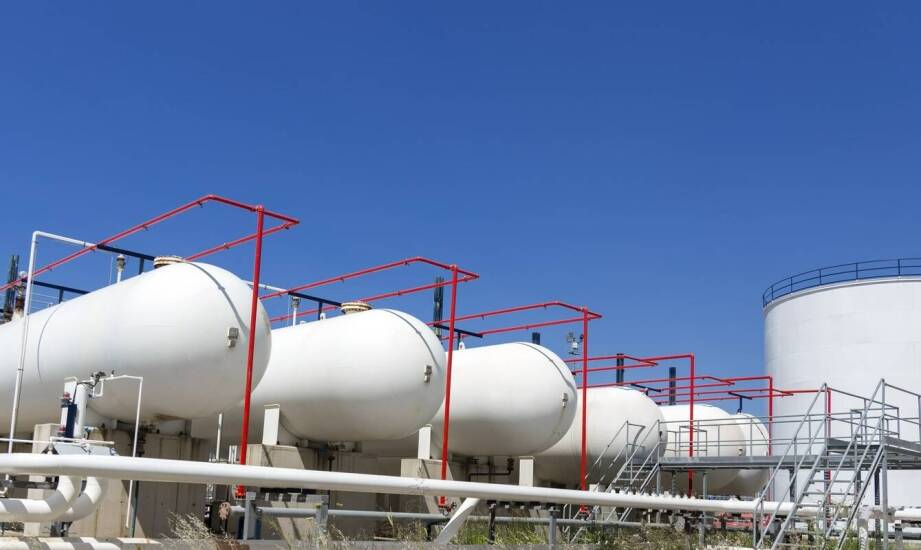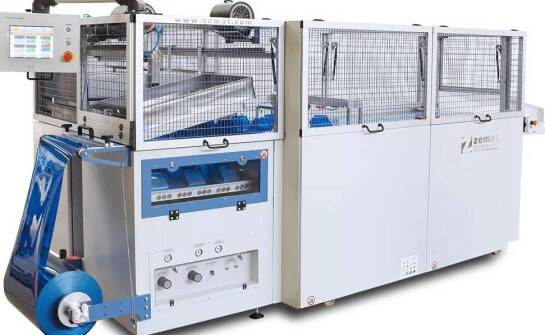Sponsored article
What to Consider When Choosing Gas Tanks for Sale (LPG)?

Choosing the right gas tank (LPG) is essential for ensuring safety and efficiency in its use. There are several factors to consider when making a decision, such as the type of tank, capacity, material of construction, and required certifications. Understanding these aspects will allow for an informed choice that meets individual user needs. In the following parts of the article, we will discuss the various elements influencing the choice of tank and present the advantages of different solutions available on the market.
Read more: What are light commercial vehicles, and what are their most common failures?
Choosing a Gas Tank - Key Aspects
LPG tanks are intended for storing gas in bonded warehouses, at petrol stations and LPG filling points, as well as for storing the gas necessary for heating in residential and industrial installations. Choosing a gas tank requires consideration of several factors. Among the most important are the type of tank and its capacity. The material of construction and appropriate certifications, which confirm the tank's quality and its compliance with safety standards, are also significant.
Read more: Spare parts for Renault Master – how do I buy them by a part number?
What Types of LPG Tanks Are Available from Manufacturers?
Manufacturers such as CGH RPA offer both underground and above-ground tanks, differing in functionality and application. Underground tanks, as the name suggests, are buried in the ground, saving space and providing an aesthetic appearance to the surroundings. Additionally, they are less prone to mechanical damage and the effects of weather conditions. On the other hand, above-ground tanks are characterized by ease of installation and removal, making them more flexible in terms of relocation. The choice of the appropriate type of tank depends on individual user needs and site conditions. Capacity is another consideration that should be aligned with system requirements and available space, ranging from 9.1 m³ to 100 m³. The material of construction is also an essential aspect; LPG tanks are primarily made of carbon steel.
What Capacities Are Available for LPG Tanks?
The capacity of an LPG tank is crucial for the efficiency and safety of its use. Various options are available, from 9 m³ to 100 m³, allowing for adaptation to individual customer needs. In both residential and industrial settings, the right choice ensures optimal gas usage and minimizes the risk of malfunctions. Too small a capacity may necessitate more frequent refilling, increasing operational costs and the risk of supply interruption. Conversely, too large a capacity can lead to inefficient use of the resource and storage issues. Therefore, consulting experts to select the appropriate tank size suited to the specific installation and safety regulations is advisable.
What Materials and Certifications Are Important When Choosing an LPG Tank?
The material of construction and certifications of a tank are key to safety and durability. The most commonly used material for these structures is carbon steel, which meets the requirements for storing propane, butane, and their mixtures. It is important for a gas tank to have appropriate approvals issued by a notified body following Directive 2014/68/EU based on standards EN 13445 or AD2000. This ensures the structure is safe and adapted for working under pressure. When choosing a tank, attention should be paid to the materials and certificates confirming compliance with standards. This will allow for the selection of a solution that is functional, durable, and safe for both users and the environment. It is worth relying on the experience and knowledge of specialists like CGH RPA, involved in the production and sale of gas tanks.
Summary - Key Factors in Choosing a Gas Tank (LPG)
Choosing an LPG gas tank requires consideration of several key factors. The type of tank, whether underground or above-ground, affects its functionality and aesthetics. The tank's capacity should be matched to individual user requirements to ensure efficiency and safety in use. The material of construction, usually carbon steel, and appropriate certifications are critical for ensuring durability and compliance with safety standards. A proper choice of an LPG tank from specialists like CGH RPA will contribute to optimizing operating costs and minimizing the risk of malfunctions.



